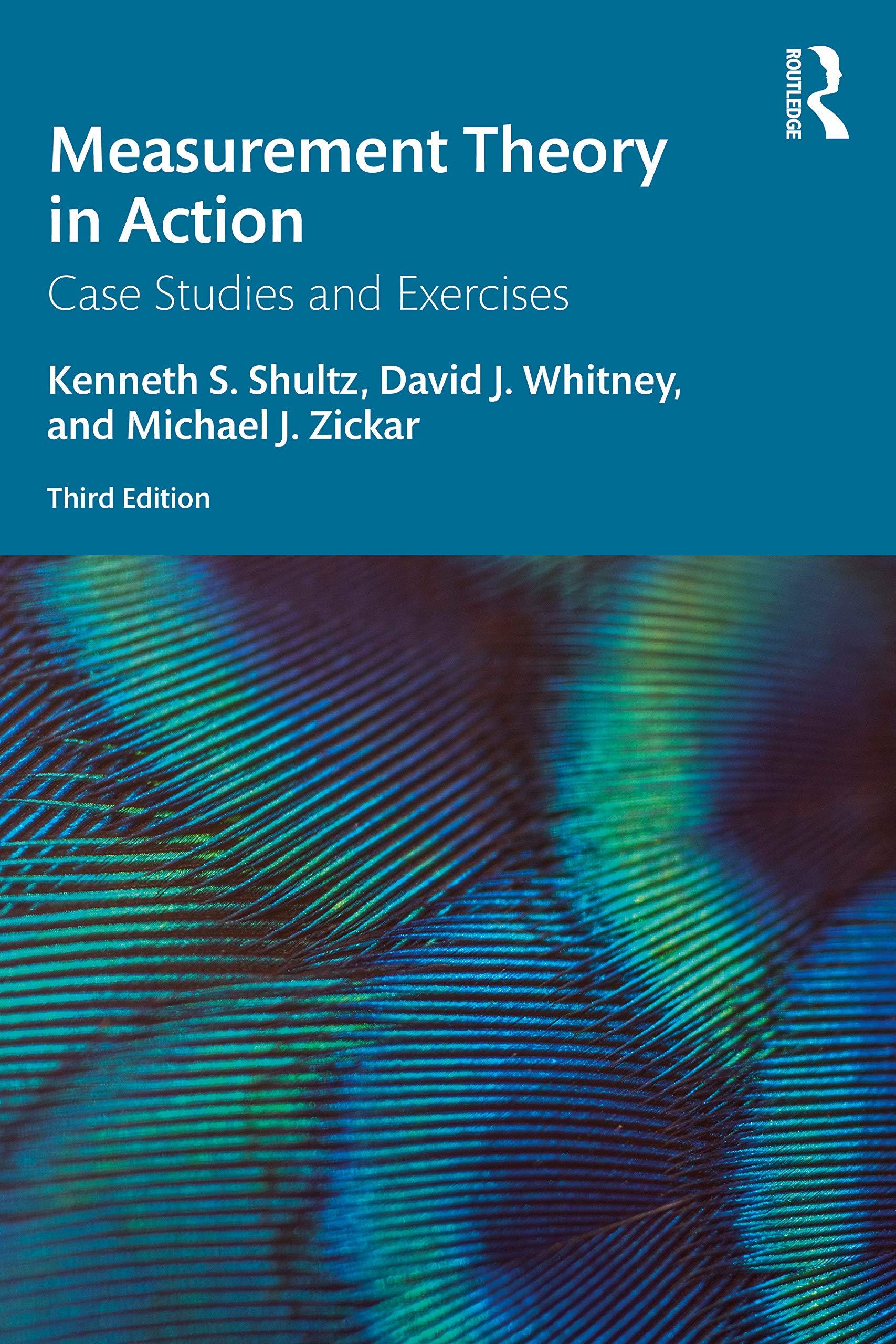Will she ever be happy? grumbled Chin, mostly to herself. Chin was, of course, referring to her
Question:
“Will she ever be happy?” grumbled Chin, mostly to herself. Chin was, of course, referring to her thesis advisor. Everything, it seemed, revolved around her thesis right now. She and her fiancé had even arranged their wedding date so that it would come after her planned graduation date. Unfortunately, Chin had struggled mightily to develop a thesis topic before stumbling across a topic at the dinner table. Her parents, who had emigrated from China over two decades ago, maintained close ties with their extended family—including those who remained in China and those who had similarly immigrated to the United States. At dinner three weeks ago, Chin’s mother was talking about how unhappily married several of Chin’s cousins were. Indeed, more than one of her older cousins had already been divorced. The cousins her mother was referring to were all, like Chin herself, born and raised in the United States. But then her mother said something that got Chin thinking, “I don’t remember people being unhappy in their marriages in China. I wonder what it is with kids these days.” That was it. Exactly what Chin was looking for. Her mind whirled. Wouldn’t it be interesting to compare marital satisfaction between the United States and China?
Chin had always been interested in her heritage. Perhaps because of this, she had also been an avid reader of the psychological literature on cultural value differences. Thus, by combining this interest with her other major life interest right now—marriage—Chin knew this would be a perfect starting point for her thesis. She could not imagine being more motivated by another topic. Over the next few weeks, Chin pored over relevant literature, and she even developed a proposed model of the relationships between specific cultural values and their impact on marital satisfaction. She then began to think of methodological issues. She had already planned on visiting her grandmother in China this summer, so it seemed that she could collect data from a Chinese sample while she was there. She had even identified an often-used scale called the Marital Satisfaction Index that seemed perfect for her research. Much to her pleasant surprise, she learned that two research studies had already developed and used a Chinese-language version of the very same scale. Armed with her information, she scheduled a meeting with her thesis advisor.
Never had a meeting been so deflating. Her thesis advisor, Dr. Michelle Wordes, had initially seemed very interested in the project. Indeed, she approved of Chin’s proposed research model, and even seemed to agree with the hypotheses. However, when it came time to discuss methodology, Dr. Wordes became more and more negative about the idea. Dr. Wordes had focused most of her criticism on the Chinese version of the scale. “How do you know if the item wording is truly equivalent to the original?” she inquired. She did not seem all that impressed that two other researchers had used the scale—and gotten their results published. Finally, Chin thought of a brilliant idea. She argued that since her parents were bilingual, she could have them help determine whether the items on the English and Chinese versions expressed the same ideas. But was Dr. Wordes satisfied by this suggestion? Oh, no. Dr. Wordes then asserted that even if the wording were the same on the two versions, that maybe the items would be interpreted differently in the two cultures, or even that “marital satisfaction” as conceived in the United States might be a completely different concept in China. Finally, Dr. Wordes asked the question that Chin could not get out of her mind: “So if you find differences in marital satisfaction between those in the United States and those in China, would the results be attributable to differences in cultural values or differences in versions of the test?” Even now, an hour after the meeting, Chin had yet to formulate a satisfactory response.
Questions
1. Would Chin’s parents serve as appropriate interpreters of the accuracy of the translation of the Marital Satisfaction Index? Why or why not?
2. How could exploratory factor analysis be used to determine whether equivalency exists across the translation and original version?
a. What types of EFA-based statistics would you examine to determine whether there were differences?
b. What samples would you like to collect for conducting your EFA?
3. Suppose that an EFA found that there were differences across the language translations. How would you act on these differences?
4. Besides EFA, what other statistical methods could you use to determine whether the translations were equivalent?
Step by Step Answer:

Measurement Theory In Action
ISBN: 9780367192181
3rd Edition
Authors: Kenneth S Shultz, David Whitney, Michael J Zickar





